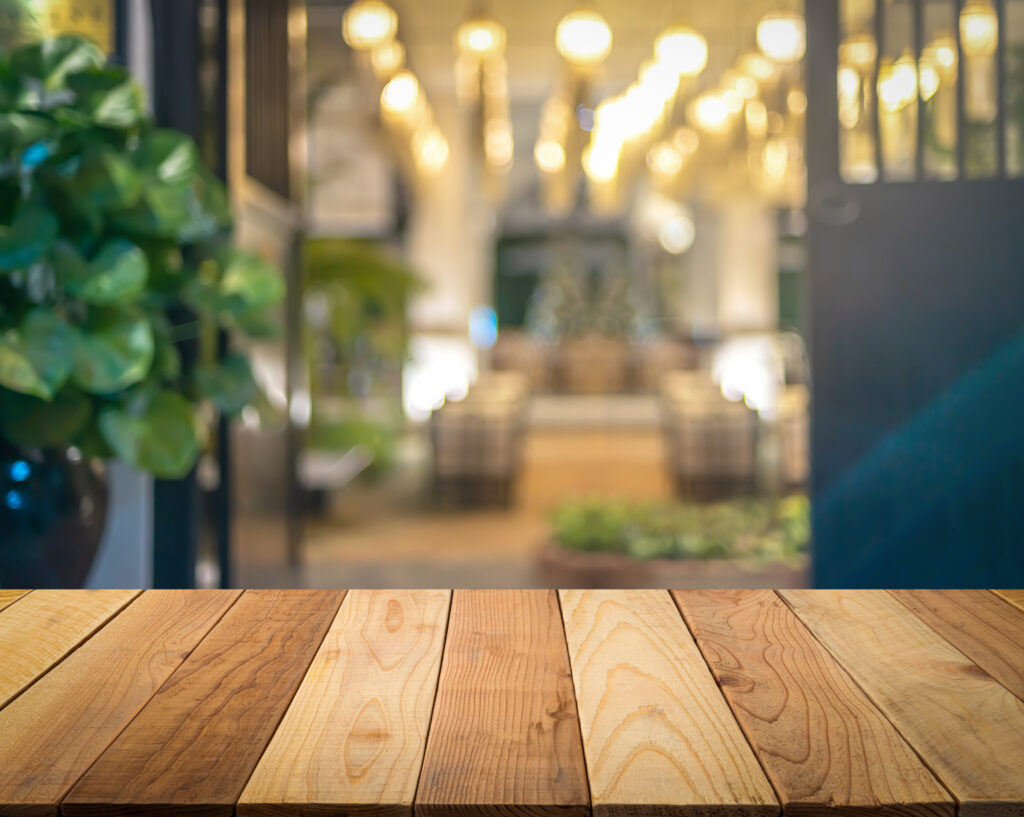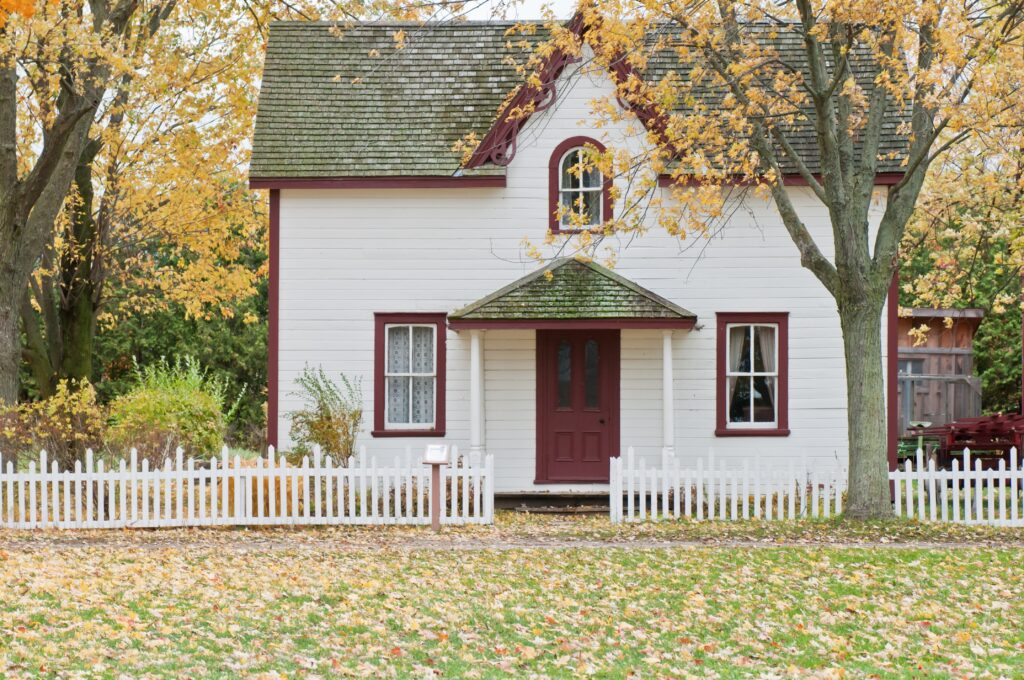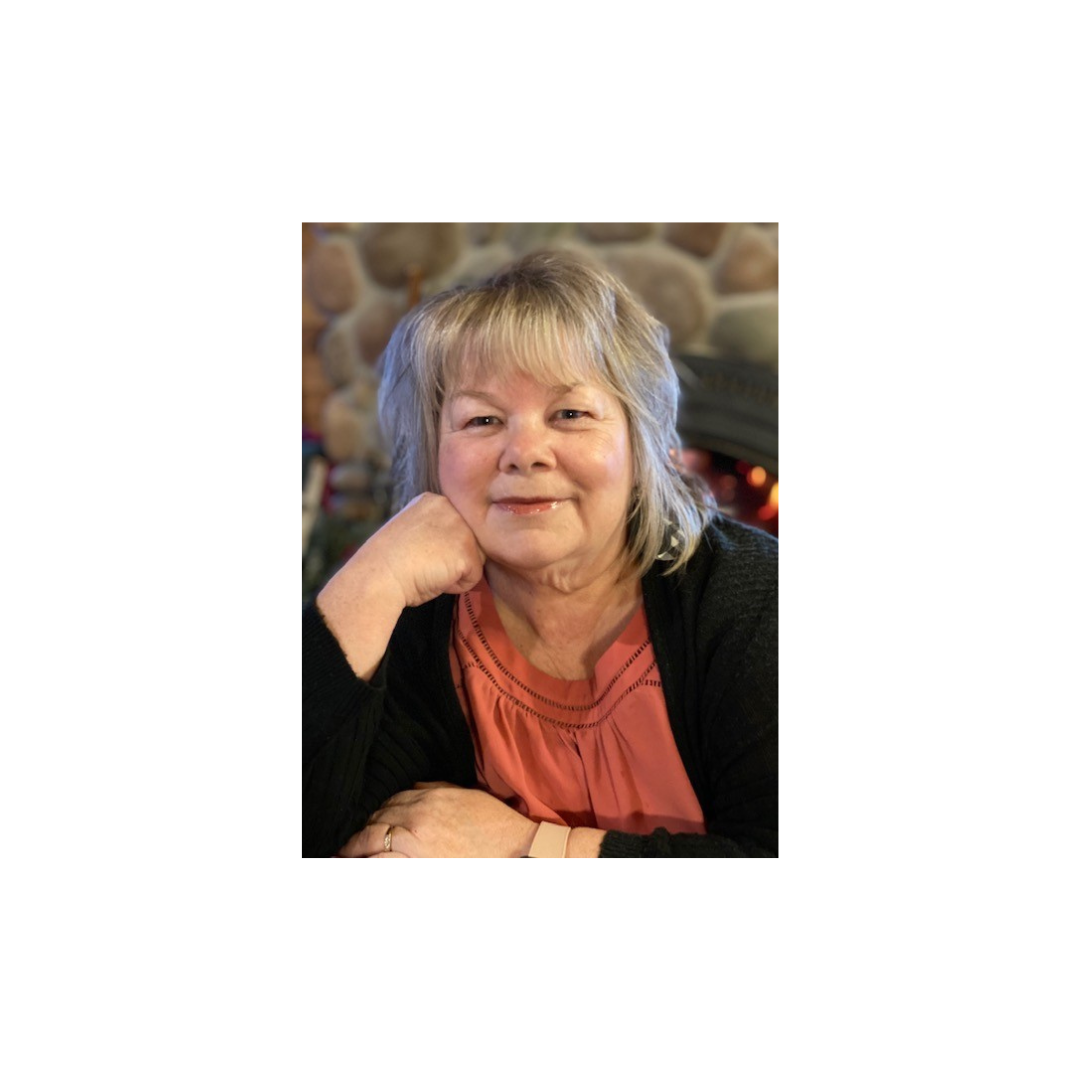Home is where the heart is, and as we age, it becomes even more vital to create an environment that promotes optimal health and wellness. Aging can bring about changes in needs and physical abilities, requiring modifications in the home. At Patient Advocate Match, we understand the importance of proactive measures to prepare your home for safety modifications that can accommodate your loved one’s growing needs. In this blog post, we will provide you with five tips on how to prepare your home, ensuring the safety and comfort of your aging loved one.
We are excited to have a local contracting service provide education at our Senior Care Summit beginning March 1. You can stay on top of the details HERE. Registration begins February 1, 2024. The discussion will be surrounding what it takes to properly and efficiently modify a bathroom as well as what to look for in a contractor.

Your home is your sanctuary, a place where you feel safe and comfortable. As you age or if you have an aging loved one in your life, it is important to take proactive measures to make sure that your home is safe and accommodating to their growing needs. Safety modifications can be costly, but planning ahead and making small changes can go a long way in ensuring the safety and comfort of your aging loved one.
1. Minimize Tripping Hazards: Falls are one of the leading causes of injuries for seniors. Therefore, it’s essential to minimize tripping hazards by decluttering the floors and ensuring that all rugs have a non-slip backing. If you have furniture that’s hard to move or remove, consider hiring a professional to help you with the task. Something as simple as removing the throw rugs can go along way in reducing fall risk.
As we age, our mobility and balance may decline, making it difficult to move around the house without falling. Clearing clutter from the floors, stairs, and walkways can reduce the risk of tripping and falling. Make sure that furniture is placed in locations that provide enough space to move freely around. Having night lights along a hallway and especially on the route to the bathroom at night can help reduce falls during the night when our aging loved ones may need to get up and use the restroom.
Declutter and Organize Your Space – A cluttered home poses a significant safety risk for seniors. A good starting point is to declutter and organize your space. Remove any obstacles on the floor, such as loose rugs, electrical cords, or furniture that obstructs walkways. Keep frequently-used items and essentials within easy reach to avoid the risk of falls or accidents.
We are also excited to bring you Peace by Piece to our Senior Care Summit. Their specialty is downsizing and decluttering for our seniors. Once again you may go to our Your Nurse Advocate Website, Hosts of the Senior Care Summit 2024 and stay in the loop for upcoming registration.

2. Have Proper Lighting: Poor lighting can lead to accidents, especially at night. Ensure that there’s ample light throughout the house, particularly in poorly lit areas like stairs, hallways, and corners. Installing motion-sensor lighting is also a great idea, as it allows seniors to navigate the home with ease.
Adequate lighting plays a crucial role in maintaining optimal health and wellness for seniors. Insufficient lighting can cause difficulty in reading, navigating, and completing everyday tasks. Replace burnt-out bulbs and ensure that each room is appropriately illuminated.
3. Install Grab Bars and Handrails: Installing handrails and grab bars in areas like the bathroom, the staircase, and the shower can improve your loved one’s safety and independence. These fixtures offer support and prevent falls, making them a must-have in any home for the elderly.
This is a task you might want to leave to the professional. Make sure if you are using a contractor, they are competent in installing safety features to your living space. It could mean the difference between safety and an accident.

4. Consider Changing the Bathroom: The bathroom is where most accidents happen in the home. Therefore, it’s essential to make the necessary changes to ensure that the space is safe and accessible for seniors. Consider adding a walk-in shower, lowering the sink height, and installing a raised toilet seat. Additionally, you can consider replacing the traditional bathtub with a walk-in tub that has a door. Make sure to check out our Senior Care Summit to learn more from an experienced contractor on modifying a bathroom.
Ensure that you install grab bars and mats in the shower and bathtub. Also, make sure that the surface of the shower or bathtub has non-slip material, making it less slippery and reducing the risk of falls. A shower seat can go a long way to help maintain independence with everyday living skills. Sometimes following an illness or surgery you may need to modify the bathroom to accommodate the recovery process. If having hip or knee surgery make sure you check with your physical therapist to find out their recommendations.
5. Add Home Automation: Home automation technology can help seniors who may have mobility issues or disabilities. It can be as simple as adding smart door locks, automatic lights, and installing voice-activated assistants like Alexa or Google Home. These technologies can help seniors stay independent and connected to the outside world.
With the rise of technology, there are many devices available that can enhance safety and comfort in your home. Alert devices can be installed with one touch in case of falls or emergencies. Voice-activated speakers can be used to call for assistance, play music, and provide reminders or medication reminders.
Installing cameras such as a ring camera may also help keep your aging loved one feeling safe at home.

AdobeStock_108184505-scaled.jpeg
6.Adapted Seating:
As we age, we may develop difficulty getting up from chairs, couches, and beds. Investing in supportive chairs and a high rise toilet seat with arms can alleviate some of the stress and strain on joints. A lift recliner chair can also make it easier to get up and sit down. There are for example queen size or full size beds where the head and foot of the bed elevate.
7. Updating Kitchen Features – The kitchen is often considered the heart of the home, and updating it to accommodate aging needs is crucial. Install pull-out drawers, drawer organizers, and adjustable shelves to allow for easy access to pots, pans, and other kitchen accessories. Consider purchasing ergonomic kitchen tools such as an easy-grip can opener, utensils with a comfortable grip, and a kettle with an automatic shut-off feature.
8. Create a Comfortable and Relaxing Space-A comfortable and relaxing space can make a significant difference in your loved one’s physical and emotional wellbeing. Consider purchasing comfortable and supportive furniture, soft and breathable bedding, and air purifiers that promote better breathing and allergy prevention.

scott-webb-1ddol8rgUH8-unsplash-scaled.jpg
Conclusion:
In conclusion, your home is your sanctuary, and it’s essential to take care of it to ensure your optimal health and wellness. As our loved ones age, their needs change, and so does their living environment. It’s crucial to take proactive measures to prepare the home for safety modifications that can accommodate those growing needs. We hope that these tips will help you prepare your home and ensure the safety and comfort of your aging loved ones. Remember to prioritize your health and wellbeing, and trust us, your mind and body will thank you.
Our home is where we should feel most comfortable and safe. As we age, our needs change, and so should our living environment. Taking proactive measures to prepare our homes for safety modifications that accommodate our loved ones’ growing needs is crucial. By decluttering and organizing your space, improving lighting, enhancing bathroom safety, updating kitchen features, and creating a relaxing space, you can ensure the safety and comfort of your aging loved one. Trust us, your mind and body will thank you.
At Patient Advocate Match, we are committed to providing resources that promote optimal health and wellness for our community. Our team of experienced professionals can provide guidance and insight on how to prepare your home for your loved one’s aging needs. Contact us today to learn more about our services and how we can help you improve your home environment for optimal health and wellness.
Thanks for taking a few minutes out of your day to spend here with us. We look forward to seeing you back here soon!
Pam
Patient Advocate Match | Matching the Right Healthcare Resources for the Right Reasons
Resource Section:
https://www.nia.nih.gov/sites/default/files/2023-04/worksheet-home-safety-checklist_1.pdf
https://www.nia.nih.gov/health/aging-place/aging-place-tips-making-home-safe-and-accessible


